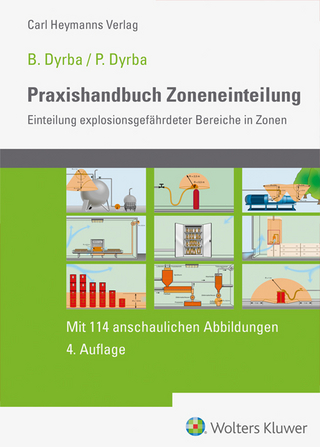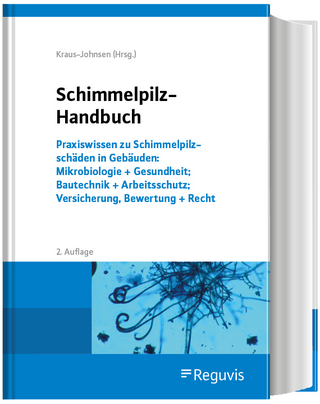
Green Fuel Technology. Microbial Oil Production from Oleaginous Yeast (Cryptococcus curvatus)
Anchor Academic Publishing (Verlag)
978-3-96067-044-5 (ISBN)
Text sample:
Chapter 2.2.1 Yeast as the source for production:
The efficiency of oil biosynthesis by yeast and its composition depends on the genetic properties of the yeast strains, cultivation conditions and the composition of culture medium. Lipids are important storage compounds in yeast. Storage lipids are usually found within special organelles knows as lipid particles or lipid bodies. In yeast, these lipid bodies accumulate during stationary phase and they can constitute up to 70% of the total lipid content of the cell.
Triacylglycerols (TAGs) and Steryl Esters (STEs) are the most important storage lipids of eukaryotes cells such like yeast cells. TAG provides an energy source on one hand and a source of fatty acids for membrane phospholipid formation on the other hand. Mobilization of STE sets sterols free, which are also required for membrane proliferation, especially of the plasma membrane. In the yeast as in other eukaryotic cells, TAG and STE form the core of the so-called lipid particles which are surrounded by a phospholipids monolayer with a small amount of proteins embedded.
Lipids are soluble in organic solvents, but sparingly soluble or insoluble in water. The existing procedures for the extraction of lipids from source material usually involves selective solvent extraction and the starting material may be subjected to drying prior to extraction. Solubility of lipids is an important criterion for their extraction of microbial oil from source material and depends heavily on the type of lipid present, and the proportion of nonpolar (principally triacylglycerols) and polar lipids (mainly phospholipids and glycolipids) in the sample; therefore, several solvent systems might be considered, depending on the type of sample and its components. The solvents of choice are chloroform/methanol or chloroform/methanol/water, in the case of the Folch Method.
The main aim of the project is medium optimization for economical production of microbial oil by the well known oleaginous yeast Cryptococcus curvatus and conversion of the microbial oil to biodiesel. The oil extraction process was optimized using environmentally safe solvents. The C. curvatus oil gets trans-esterifies to biodiesel and thoroughly characterizes.
Cryptococcus curvatus is an extremophile found in cold-seep sites. It is oleaginous, and uses the sugars in cellulose for the growth and production of storage triglycerides. Molecular evidence that phylogenetically diverged ciliates are active in microbial mats of deep-sea cold-seep sediment. This species has been extensively studied in relation ship to lipids. It can uptake both glucose and xylose simultaneously. When grown in old oil with high levels of polymerized triglyceride, the cell wall transforms from being smooth to having hair or wart-like protuberances which are believed to assist in lipid uptake.
| Erscheinungsdatum | 28.08.2016 |
|---|---|
| Sprache | englisch |
| Maße | 155 x 220 mm |
| Gewicht | 92 g |
| Themenwelt | Technik |
| Schlagworte | biodiesel • Bioengineering • Biological Engineering • Biotechnology • Petroleum based fuel • Petroleum product • White biotechnolog |
| ISBN-10 | 3-96067-044-3 / 3960670443 |
| ISBN-13 | 978-3-96067-044-5 / 9783960670445 |
| Zustand | Neuware |
| Haben Sie eine Frage zum Produkt? |
aus dem Bereich


